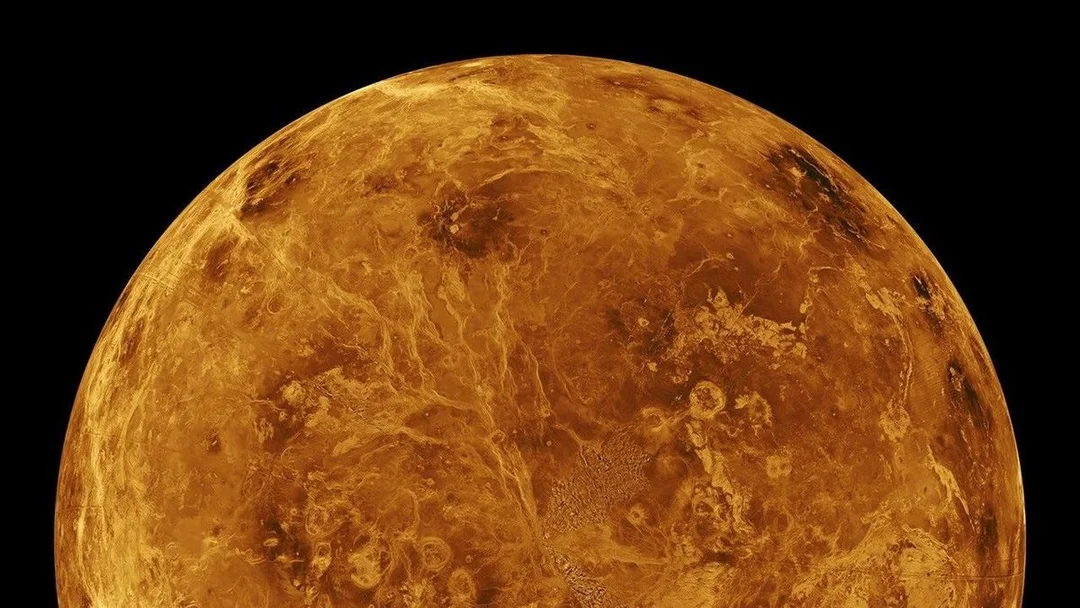
Is Venus Geologically Alive? New Studies Reveal Tectonic Activity on Our ‘Sister’ Planet
Venus, often dubbed Earth's 'sister' planet, has long been considered a geologically dead world. However, new research analyzing data from NASA's Magellan mission, and recent studies, is challenging this notion, suggesting that Venus may be far more tectonically active than previously thought. Could this mean Venus and Earth share more similarities than scientists initially assumed?
Unearthing Venus's Secrets: Coronae and Mantle Plumes
Unlike Earth's dynamic plate tectonics, Venus features unique geological structures called coronae – large, circular formations ranging from dozens to hundreds of miles across. These coronae are believed to be formed by hot material from the planet's mantle pushing upwards against the lithosphere, creating distinctive oval formations surrounded by concentric fractures. A study published in Science Advances suggests that many of these coronae are still actively being reshaped by internal forces, even without Earth-style plate tectonics.

"Coronae don't exist on modern Earth but likely did when our planet was young," explains Gael Cascioli from the University of Maryland. By combining gravity and topography measurements from Magellan, researchers have gained new insights into the subsurface forces reshaping Venus. Advanced 3D modeling reveals that a majority of studied coronae (52 of 75) have hot, buoyant mantle material beneath them, actively driving tectonic processes.
Venusian Subduction and Lithospheric Dripping
According to the research, these processes may include Venus-style subduction, where surface material spreads outward from rising plumes and pushes surrounding material downward. Another process, called lithospheric dripping, involves cool material sinking into the hot mantle. The research also builds on recent discoveries of volcanic eruptions at Maat Mons, Sif Mons, and Eistla Regio, adding further evidence of Venus's geological dynamism.

Crustal Dynamics: A Thin Veneer?
Adding to the mystery, another recent study published in Nature Communications suggests that Venus's crust is surprisingly thin, maxing out at around 40 miles (65 kilometers) thick, and potentially much thinner in many places. This thin crust may be undergoing a form of metamorphism, where the bottom layers become heavier than the mantle below, causing them to peel off and sink downward. This process could be a key reason why Venus remains geologically active despite lacking plate tectonics, recycling elements and fueling future volcanic activity.
"This breaking off or melting can put water and elements back into the planet's interior and help drive volcanic activity," says study co-author Justin Filiberto of NASA.
Future Missions: Unveiling the Full Picture
While these findings are groundbreaking, researchers acknowledge the need for higher-resolution data to fully understand Venus' tectonic activity. NASA's upcoming VERITAS mission, launching no earlier than 2031, aims to revolutionize our understanding of Venus' geology with high-resolution gravity data. "VERITAS gravity maps will improve resolution by at least two to four times, potentially revolutionising our understanding of Venus' geology and its implications for early Earth," says Suzanne Smrekar, VERITAS principal investigator.
ESA's EnVision mission, also slated for the early 2030s, will play a crucial role in gathering details about Venus's surface and atmosphere. The DAVINCI mission will equally be instrumental in the quest to understand the geological processes at play on our sister planet.
What does this mean for our understanding of planets?
The renewed understanding of Venus as a geologically dynamic world challenges decades of assumptions. By continuing to unravel Venus's mysteries, scientists hope to not only piece together its evolutionary past but also gain critical insights into Earth's potential future. Could Venus hold the key to understanding the early Earth? What other secrets does this scorching twin hold? Leave your thoughts and theories in the comments below!